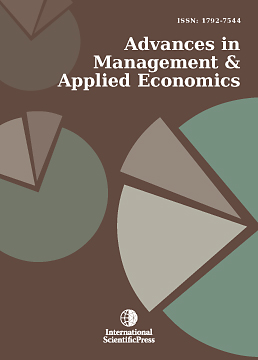Advances in Management and Applied Economics
Assessing the Association of Popular Attractions with Taiwan’s Inbound Tourist Numbers: The Case of Night-Market Keywords
-
 [ Download ]
[ Download ]
- Times downloaded: 7
Abstract
This study examines the relationship between Taiwan’s most popular attractions and inbound tourist arrivals, using night-market–related keywords as a case in point. Leveraging high-frequency Google Trends data, we use search intensity for night-market keywords to forecast lower-frequency inbound arrivals, with the aim of improving prediction accuracy by exploiting timely information. We construct a composite night-market search index via principal component analysis (PCA) and assess its interrelationship with inbound arrivals to identify which keywords are most closely associated with tourism demand. The contributions are threefold: (1) the empirical results robustly show that inbound tourist arrivals are significantly affected by night-market keyword searches; (2) the statistically significant keyword “Shilin Night Market” aligns with actual search behavior, confirming its prominence among international visitors; and (3) to our knowledge, this is the first study to directly analyze the effect of night-market–related online search activity on inbound tourism to Taiwan, thereby filling a gap in the literature. Our findings also reflect the policy context in which night-market branding has been promoted by local governments and private initiatives over the past two decades, suggesting that place-based tourism marketing has effectively stimulated inbound demand and, in turn, intensified related search activity.
JEL classification numbers: C32, M31, R11.
Keywords: Google trends, Inbound tourist arrivals, Night-market keywords, Principal component analysis, Vector autoregression.
